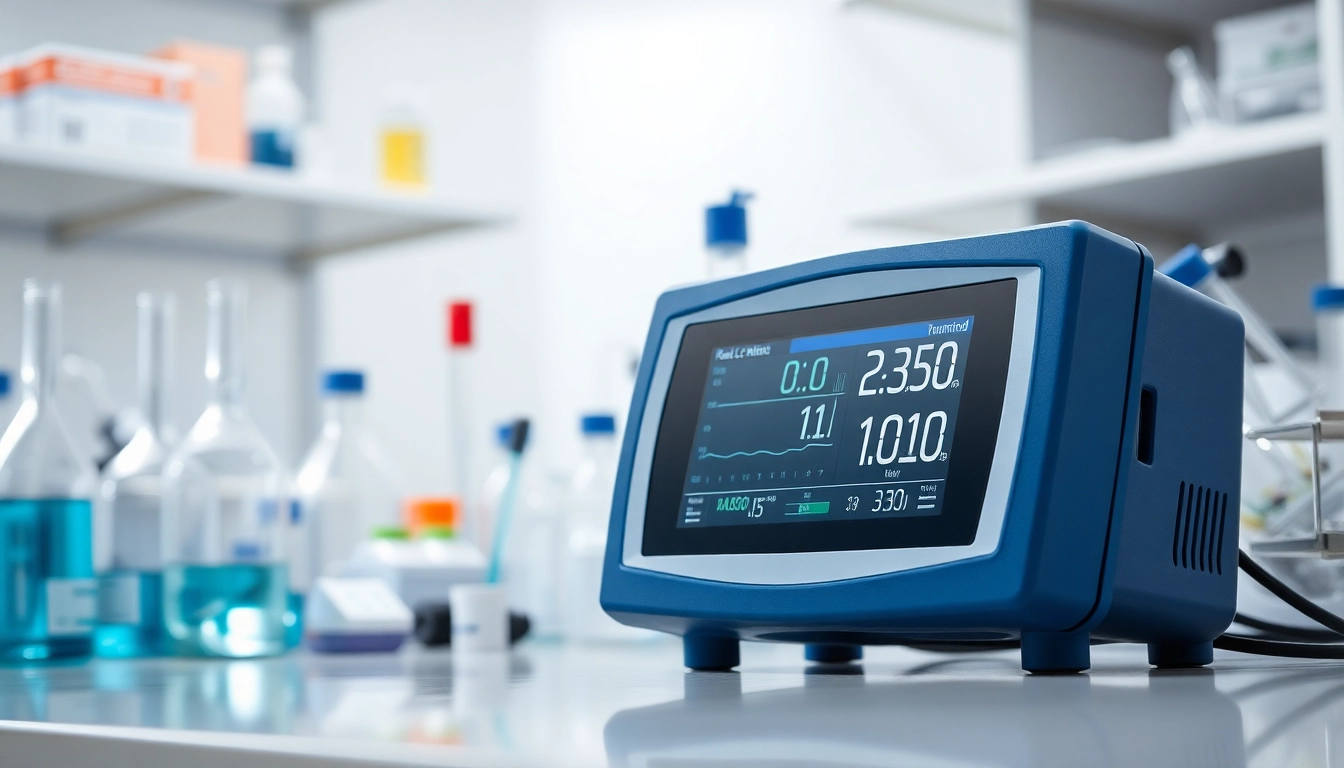Understanding Hydrogen Cyanide: Properties and Hazards
The Chemical Nature of Hydrogen Cyanide
Hydrogen cyanide (HCN) is a highly toxic, colorless gas with a faint bitter almond odor. It is an organic compound that is both a flammable and a poisonous chemical, classified under the International Chemical Identification system as Simple asphyxiant. At room temperature, HCN exists primarily as a vapor; it can dissolve in water and can also be found as a liquid below its boiling point of 25.6 degrees Celsius (78.1 degrees Fahrenheit). Its chemical formula is represented as HCN, where the hydrogen atom is bonded to a carbon atom, which is also triple-bonded to a nitrogen atom.
Health Risks Associated with Hydrogen Cyanide Exposure
Exposure to hydrogen cyanide poses significant health risks. The level of toxicity depends on the concentration of HCN in the air and the duration of exposure. Acute exposure to low concentrations can lead to headaches, dizziness, confusion, and respiratory issues, while higher concentrations can result in life-threatening conditions such as loss of consciousness and even death. Long-term exposure has been suggested to cause chronic health problems, potentially affecting the central nervous system and leading to neurological disorders.
It is important to note that hydrogen cyanide is classified as an extremely hazardous substance under various national and international guidelines. Managing the risks associated with exposure necessitates effective monitoring and detection systems, ensuring that workplaces comply with health and safety standards.
Legal Regulations and Safety Standards
The handling of hydrogen cyanide is strictly regulated by various organizations, including the Occupational Safety and Health Administration (OSHA) in the United States and the European Chemicals Agency (ECHA) in Europe. These regulations emphasize the importance of monitoring hydrogen cyanide levels to protect workers’ health. For instance, the permissible exposure limit (PEL) for hydrogen cyanide is set at 10 parts per million (ppm) as an eight-hour time-weighted average. Employers must adhere to these regulations, which include implementing a robust Hydrogen Cyanide monitor system to ensure a safe working environment.
The Importance of Monitoring Hydrogen Cyanide Levels
Why Accurate Detection is Crucial
Accurate detection of hydrogen cyanide is vital for several reasons. First and foremost, it is essential for ensuring the safety and health of employees who may be exposed to this highly toxic compound. Early detection allows for prompt response measures that can mitigate the risks associated with exposure and prevent accidents or casualties. Additionally, precise monitoring contributes to compliance with OSHA and other regulatory guidelines, thus avoiding heavy penalties that may arise from violations.
Case Studies on Hydrogen Cyanide Incidents
Historical incidents involving hydrogen cyanide serve as a powerful reminder of the necessity for vigilant monitoring. A notable example occurred in 2002, when workers at a chemical plant in Italy were exposed to high concentrations of hydrogen cyanide due to a leak. Inadequate detection systems led to significant health emergencies, culminating in several fatalities. This incident prompted a national review of safety protocols and highlight the critical need for reliable monitoring technologies across industries.
Another case involved the tragic events surrounding the use of tear gas containing hydrogen cyanide during crowd control. The unforeseen consequences of its release resulted in numerous injuries and fatalities, demonstrating the urgent need for greater oversight and effective detection methods to safeguard public health.
Impact on Workplace Safety and Compliance
Monitoring hydrogen cyanide levels significantly impacts workplace safety and compliance. Organizations that invest in advanced detection systems not only protect their employees but also improve overall operational efficiency. For instance, workplaces with effective monitoring experience fewer accidents related to toxic exposure, which translates to lower insurance costs and enhanced productivity. Moreover, compliance with safety regulations fosters a positive organizational reputation, attracting potential customers and partners.
Types of Hydrogen Cyanide Monitors Available
Portable vs. Fixed Monitors
Hydrogen cyanide monitors are broadly categorized into two primary types: portable and fixed monitors. Portable monitors are designed for ease of use and flexibility, allowing safety personnel to conduct spot checks in various locations. They are particularly beneficial in situations where hydrogen cyanide might be present intermittently or in unknown concentrations.
Fixed monitors, on the other hand, provide continuous monitoring in designated areas. They are strategically installed in environments where hydrogen cyanide is consistently produced, such as manufacturing plants or laboratories, providing a constant stream of data that helps in maintaining safety protocols. Choosing between portable and fixed monitors depends on operational needs, environmental conditions, and specific regulatory compliance requirements.
Calibration and Accuracy Considerations
The accuracy of hydrogen cyanide monitors is paramount for ensuring effective detection. Monitors must be calibrated regularly to maintain their efficiency and reliability. Calibration involves adjusting the monitor to ensure its readings correspond with established measurements, and it should be performed according to manufacturer guidelines. Some monitors allow for self-calibration, while others require manual adjustments by trained professionals. Accurate detection is crucial not only for compliance but also for safeguarding the health and safety of all personnel.
Choosing the Right Monitor for Your Needs
Selecting the appropriate hydrogen cyanide monitor for your facility involves ascertaining several factors, including the expected concentration levels of HCN, the size of the operational area, and any special regulatory requirements. It is also essential to consider factors such as the environment in which the monitor will be used (indoor vs. outdoor), the potential for interference from other gases, and the required response time for alerts. Consulting with safety experts or manufacturers can help ensure that you select the most suitable monitoring solution for your operations.
Implementing Hydrogen Cyanide Monitoring in Your Environment
Best Practices for Installation
The successful implementation of hydrogen cyanide monitoring systems begins with strategic planning and appropriate installation. Identifying areas of potential hydrogen cyanide exposure should be the first step, including manufacturing zones, laboratory spaces, or any areas where chemical reactions involving HCN occur. Monitors should be installed at height, ensuring that they are not obstructed by equipment or structures. Proximity to potential leak sources is also crucial for effective detection.
Moreover, it is beneficial to collaborate with professionals who possess experience with installation protocols. They can help mitigate common pitfalls and optimize the installation for maximum efficacy.
Regular Maintenance and Calibration Tips
Continuously maintaining and calibrating hydrogen cyanide monitors plays a crucial role in effective risk management. Establish a routine maintenance schedule that adheres to the manufacturer’s recommendations and includes regular inspections, testing, and calibration. These practices will help ensure that the monitors continue to function correctly and maintain a high level of detection accuracy.
Training staff on how to perform user-maintained checks can also enhance reliability. In addition, keep a log of all maintenance and calibration activities to ensure compliance with health and safety regulations, which often require documentation to demonstrate adherence to best practices.
Training Employees on Proper Use
Employee training is paramount for the successful implementation of hydrogen cyanide monitoring practices. All personnel who may be exposed to HCN should undergo training that covers the hazards associated with hydrogen cyanide, how to use the monitoring equipment, and the procedures to follow in case of an alarm. Regular refresher courses help maintain awareness and preparedness sufficiently, thereby promoting a culture of safety.
Additionally, involving employees in safety drills can further reinforce knowledge and readiness. Practical experience can help ease anxiety about using the monitors and responding to potential emergencies.
Future Trends in Hydrogen Cyanide Monitoring Technologies
Advancements in Detection Technology
The landscape of hydrogen cyanide monitoring technology is rapidly evolving. Recent advancements have led to the development of more sensitive and accurate detection systems that incorporate advanced sensors and signal processing algorithms. These technologies can detect lower concentrations of hydrogen cyanide, providing an early warning system that is essential for ensuring safety in high-risk environments.
Furthermore, recent innovations in wireless technology allow for remote monitoring and data logging, enabling real-time visibility of hydrogen cyanide levels, even from off-site locations. Such capabilities provide managers with valuable insights, allowing for prompt responses to potential incidents before they escalate.
Integration with Smart Safety Systems
As industries continue to embrace digital transformation, integrating hydrogen cyanide monitoring systems with smart safety platforms is becoming increasingly common. These systems act synergistically with other monitoring tools to provide comprehensive safety insights across multiple environments. Integration can include linking hydrogen cyanide monitors to building management systems, which allow for the automation of emergency responses, evacuation protocols, and incident reporting.
This interconnected approach enhances organizational responsiveness to potential hazards, improving both worker safety and operational efficiency. As industries adapt to emerging smart technologies, investing in such integration will become essential for compliant and safe operations.
Preparing for Regulatory Changes
Regulatory environments surrounding hazardous substances like hydrogen cyanide are continuously evolving. Staying informed about potential changes is crucial for compliance and safety. Organizations must prepare for stricter regulations by proactively upgrading their monitoring technology, ensuring proper training for staff, and regularly reviewing safety protocols. Engaging with industry groups and participating in forums can offer valuable insights into upcoming regulatory trends and provide opportunities for networking with other safety professionals.
Preparing for regulatory shifts will not only enhance workplace safety but will also contribute to the credibility and reputation of the organization within the industry. This foresight helps ensure that companies remain ahead of the curve, preventing compliance issues before they arise.



